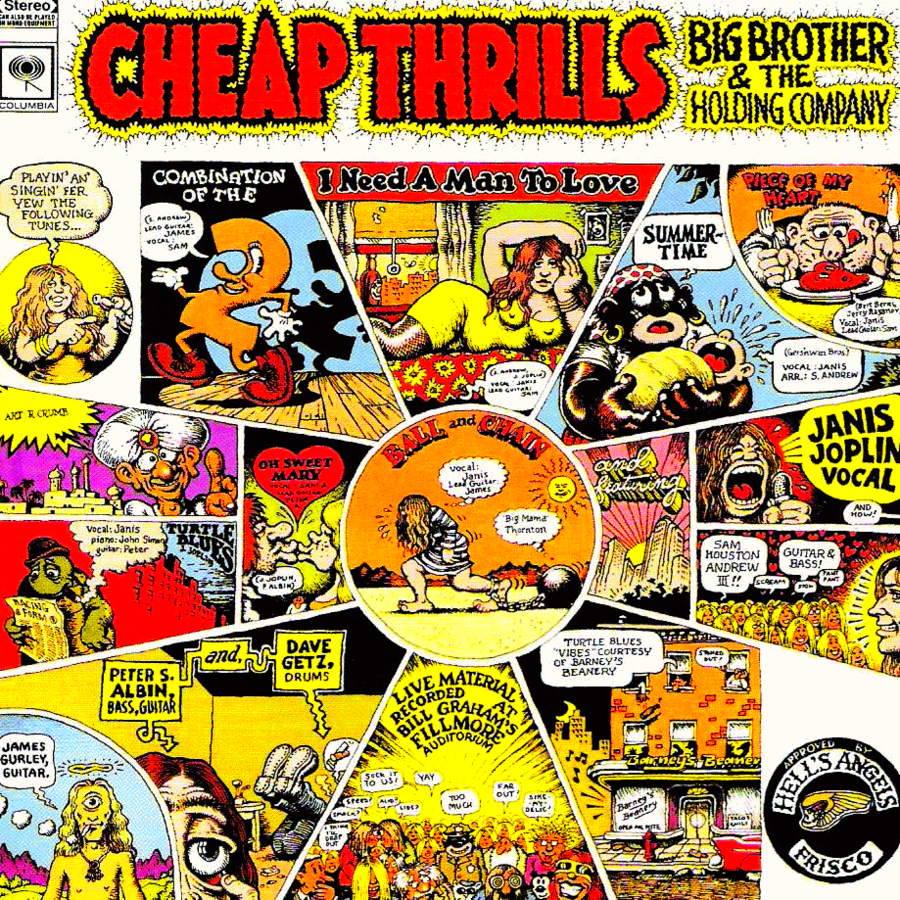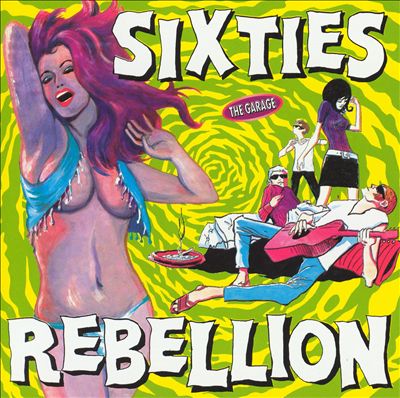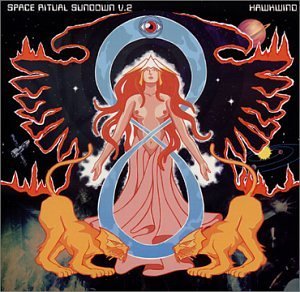- Μηνύματα
- 3.691
- Reaction score
- 6.582
HAWKWIND - SPACE RITUAL 1973
Eνα εξωφυλλο ΥΠΕΡΠΑΡΑΓΩΓΗ.
(για φανταστειτε το σε βινυλιο)


Eνα εξωφυλλο ΥΠΕΡΠΑΡΑΓΩΓΗ.
(για φανταστειτε το σε βινυλιο)























































